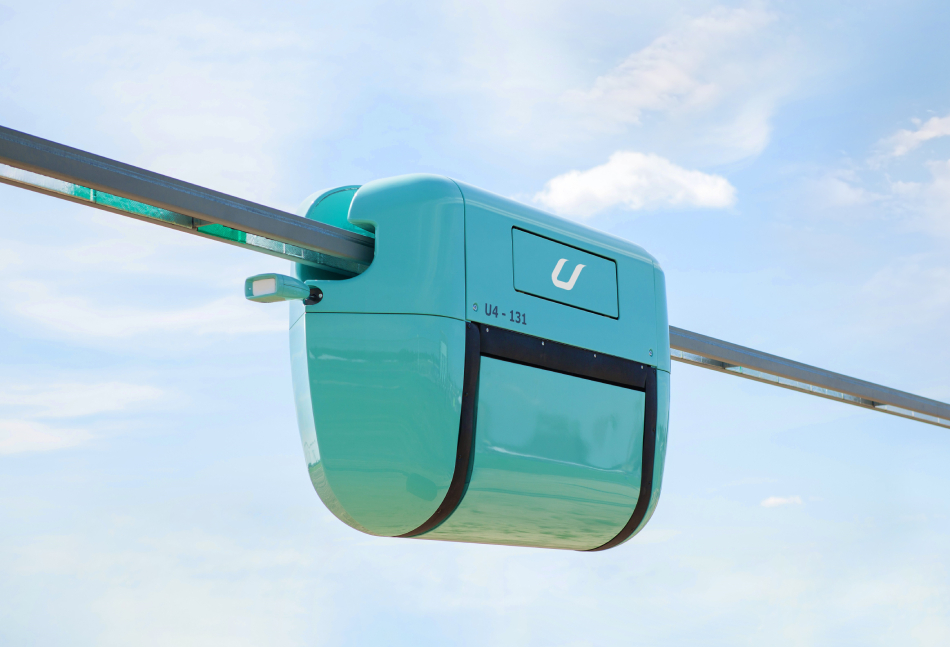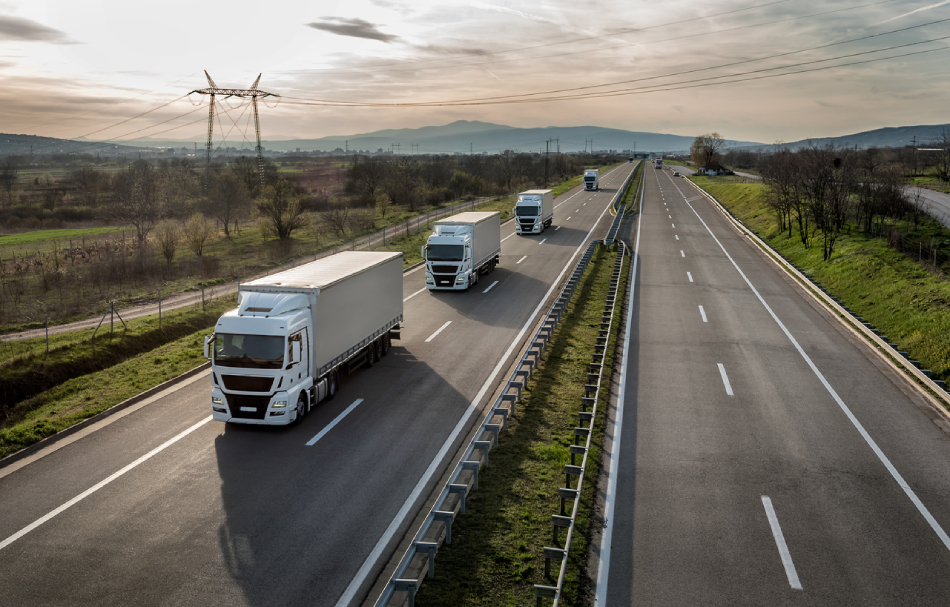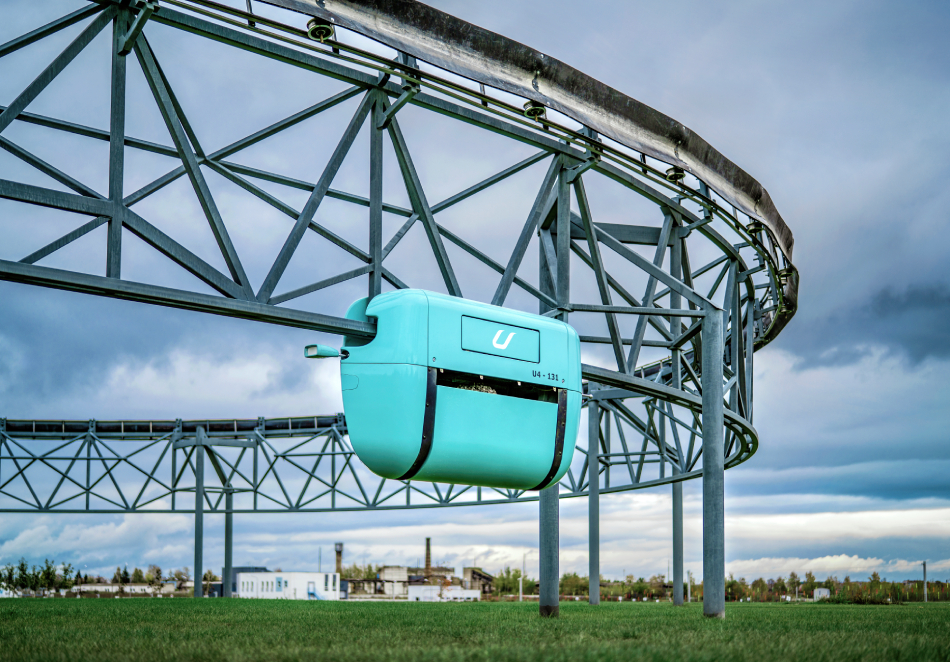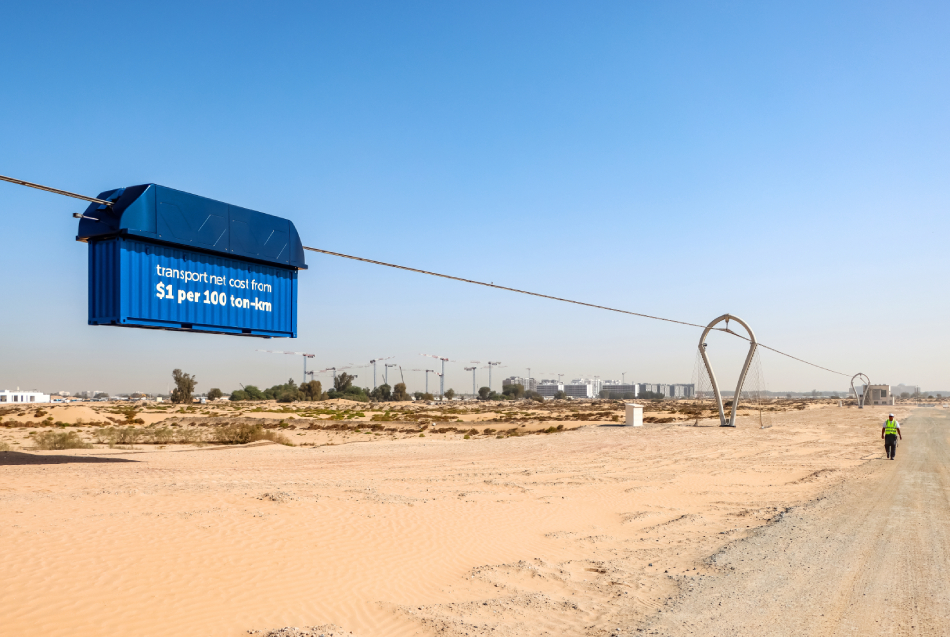How Can uST Transport Integrate Into the Sector of Unmanned Transportation in Russia?

In 2023, it is planned to test drones on the roads of Russia. The first route on which driverless trucks will appear will be the M-11 Moscow – St. Petersburg. Such a project is included in the country's transport strategy. The expected result is fast, safe and inexpensive cargo transportation. How could uST transport and infrastructure complexes integrate into the sector of automated transportation?
From idea to implementation
Today, when developing drones in Russia, priority is given to trucks. The country's transport strategy states that by 2035 up to 30% of all cargo transportation should fall on autonomous transport. According to the authors of the document, this format of moving trucks will make transportation more efficient: by a quarter faster and by 10% less costly. Among other factors, the delivery will be accelerated by the absence of rest stops for drivers according to the work and rest regime. In addition, unmanned trucks will solve the problem of a shortage of long-haul truckers, which is also typical for Russia.
However, the following nuances should be taken into account in the process of implementing this solution. Firstly, the outfitting of the route will be quite expensive. Sensors, cameras, radars and their daily maintenance – all this requires impressive financial expenses. Secondly, an insufficient level of security can lead to tragic consequences. For example, cameras do not always correctly identify objects on the roads in bad weather conditions, which can cause accidents.

Made in Belarus
Unitsky String Technologies Inc. offers an effective solution in the form of transport and infrastructure complexes of the second level. Unmanned electric vehicles on steel wheels (uPods) are automated. They read information from the route with the help of the control system and independently make a decision to slow down or stop if they "see" a potential danger on the way. The ability to exchange the received data excludes any non-standard situations, unlike the classic unmanned transport.

The automated control system makes uST transport resistant to harsh weather conditions. Its application will be especially relevant for severe climatic conditions. Rail electric vehicles will increase the safety of cargo transportation and optimize the supply of hard-to-reach regions.
The company has developed a number of cargo models of uPods of various carrying capacities (from 1 to 35 tons), for different types of cargo (piece and bulk) and for different tasks, with speeds from 80 to 150 km/h.
In addition, electric rail vehicles move above the ground. This excludes a collision with other vehicles or pedestrians. uST routes do not intersect with motorways. They not only unload roads, but also prevent the formation of traffic jams. Reliable cargo delivery is also ensured due to an anti-derailment system that prevents uPods from derailing, overturning or falling.

The advantages of electric vehicles on steel wheels make it possible to provide faster, more reliable and economical transportation in comparison with rail or road transport. Firstly, they can increase the cargo flow in existing cities without interfering with the existing infrastructure of settlements. Secondly, they make it possible to link and optimize cargo flow between hard-to-reach mining fields, industrial centers and remote transport hubs (ports, airports, logistics centers) without the construction of additional terminals. Thirdly, the elevated nature of the uST track structure makes cargo delivery faster and more affordable in cost.
Thus, uST technology is able to make a significant contribution to the development of autonomous transport in Russia, as well as make transportation less-costly, faster and safer compared to classic UAVs.
More news

News
26 December 2022
Unitsky String Technologies Inc. Receives New Certification
UST Inc. reconfirmed its compliance with qualification requirements and received a certificate of the second category. The document was issued for the right to execute general design activities by the Ministry of Architecture and Construction of Belarus.

News
22 October 2024
The President of Belarus Mentioned String Transport During a Meeting on the Development of Transport Infrastructure
One of the topics discussed was the development of transportation between Minsk and its satellite towns. During this discussion, the head of state mentioned string transport.

News
24 March 2023
The uSky Center Was Visited by the Ruler of Ras Al Khaimah and the President of the American University of Sharjah
The uSky Test and Certification Center in Sharjah was visited by a member of the UAE Supreme Council of the Union, the ruler of Ras al-Khaimah Sheikh Saud bin Saqr bin Al Qasimi and the president of the Sharjah Sheikha Bodour bint Sultan Al Qasimi.

